Eric Stoermer joins Sustainable Water Infrastructure Group, LLC (SWIG) as CEO
SWIG to accelerate commercial adoption of its innovative technology to intercept and remove nutrients from point and non-point pollution sources
Eric Stoermer (right) at SWIG’s phosphorus elimination system (PES) at the Fleming Island Regional Wastewater Plant south of Jacksonville, Florida. Also pictured are SWIG’s Chief Operating Officer Mark Merkelbach (left).
March 1, 2021 – Sustainable Water Infrastructure Group, LLC (SWIG) announced today that Eric Stoermer had joined the company as its Chief Executive Officer.
Eric previously served as President & CEO of Environmental Operating Solutions, Inc. (EOSi), a provider of specialty chemicals and services to enable point source wastewater treatment facilities to remove nitrogen and phosphorus. During his 14-year tenure as President & CEO, the company grew from ~$0 to an industry-leading business with more than $25 million in recurring revenue, 500 customers and 20 nationwide manufacturing locations. The company was sold to private equity firm XPV Water Partners in 2017. Prior to EOSi, Eric was a consultant at McKinsey & Company.
“We look forward to leveraging Eric’s extensive entrepreneurial and nutrient removal experience during the next phase of our journey to prevent nutrients from entering waterways”, said Mark Merkelbach, SWIG’s Chief Operating Officer.
In 2020, SWIG financed and installed its innovative Phosphorus Elimination System (PES) under a pay-for-performance contract at the Fleming Island Regional Wastewater Plant in Clay County, Florida. The two million gallon per day (MGD) facility has removed >90% of influent Total Phosphorus (TP), maintaining effluent TP concentrations below 0.02 mg/L for extended periods.
Two million gallons of water per day (MGD) is distributed over the one-acre vegetated system. Water flows vertically through a proprietary media where the phosphorus is removed. The media is designed for a specific lifetime (5 to 20 years) after which it can be replaced. Spent media is recovered and reused as a slow-release fertilizer.
“After visiting the PES facility in Florida, I was impressed by its simplicity, performance and the enthusiasm of potential customers touring the site”, said Mr. Stoermer.
In the past 20 years, billions of dollars have been spent upgrading point source wastewater treatment facilities throughout North America for enhanced nutrient removal. However, the problems of nutrient pollution such as harmful algal blooms, fish kills, habitat destruction persist. Over the next 20 years, in addition to further work at point sources, there must be major efforts to remove nutrients in non-point source locations like urban storm water and agricultural runoff.
“SWIG’s innovative system can be flexibly deployed throughout all of these applications and its ability to provide alternative delivery and pay-for-performance contracts will enable it to lead the next wave of nutrient removal” said Eric Stoermer. “I look forward to joining Dr. William Lucas, Jerome Ryan and Mark Merkelbach at SWIG and together making a significant impact on the nutrient pollution problem.”
About SWIG
Founded in 2017, Sustainable Water Infrastructure Group, LLC (SWIG) designs, builds, finances and operates innovative nutrient removal systems to restore and protect nutrient-impaired waters from nitrogen and phosphorus pollution. The company’s passive, low-cost, small-footprint systems are fast to implement, easy to operate and reliably remove phosphorus and nitrogen. Systems are provided to public and private clients and can be installed in point-source (e.g. wastewater treatment plants) and non-point source locations (e.g. canals carrying runoff from agricultural areas) to intercept and remove nitrogen and phosphorus.


